Home » 10 Traditional Greek Dishes Passed Down Through Generations
Greek cuisine — and especially traditional Greek dishes — is not just a way of eating; it’s a way of life. Think of the warm, familiar scent drifting from a grandmother’s kitchen. Picture the Sunday table, alive with voices, laughter, and stews. Over the years, these dishes passed down more than just flavor — they carried values, memories, and culture.
Over the years, from generation to generation, traditional Greek food has passed down not just flavors, but values, memories, and culture. After all, a plate of spanakopita is never just a pie — it’s the story of a family, the roots of a place.
In this article, we highlight ten iconic Greek dishes that have nourished generations — dishes that remain alive in our kitchens and in our hearts. Ultimately, they are symbols of Greek tradition that continue to bring young and old together at the same table.
Moussaka is perhaps the most famous Greek dish abroad, but for Greeks, it’s much more than that. It’s the Sunday family table, the scents that fill the kitchen, and the anticipation of that first bite. Fried aubergines, rich minced meat, potatoes, and béchamel — all brought together in one dish, blending into a harmony of flavors that tastes like home.
Traditionally served at family gatherings or celebrations, every home has its own version. The recipe is passed down from generation to generation, often with “secrets” that are never written down — only shared by heart.
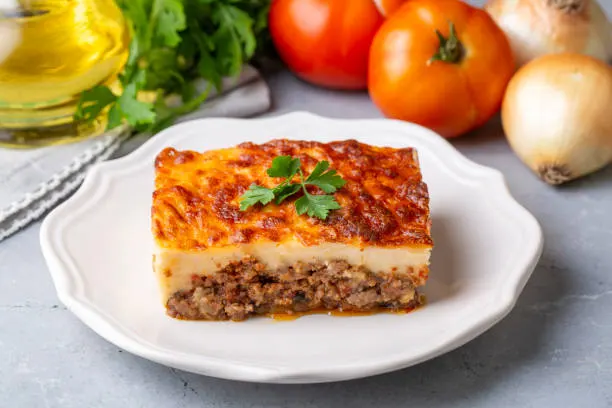
Souvlaki is much more than just a quick meal — it’s a ritual. It’s the “Shall we go for a souvlaki?” after work, school, or a night out. Usually made from pork or chicken, marinated and skewered, it’s grilled and wrapped in pita with potatoes, tomato, onion, and tzatziki.
From Alexandroupoli to Crete, there are countless variations: kontosouvli, skewers, doner, with yogurt, spicy, or plain. Souvlaki isn’t just street food — it’s a meeting point, a tradition, and for many… a way of life.
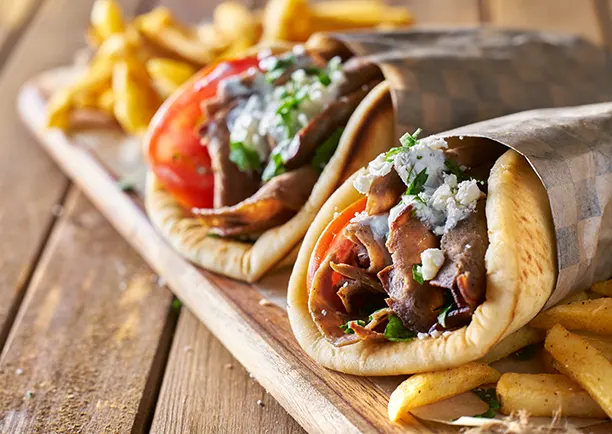
Crispy pastry, fresh spinach, feta cheese, herbs — spanakopita needs no introduction. It’s probably the most common — but never boring — homemade dish. The pie you ate warm before school, packed in your Tupperware, or left “for later” and ended up eating right away.
Making it is a small act of love, especially when it’s prepared with handmade dough. There isn’t a Greek home without a recipe for spanakopita — and every single one is “the best.”
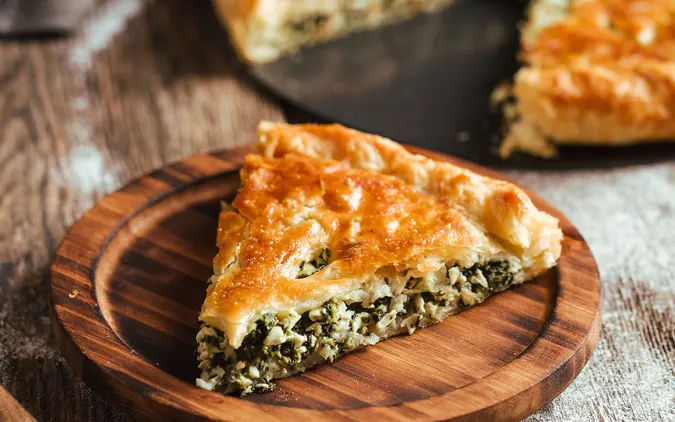
Refreshing, bold, spicy — tzatziki is a small side dish with a big personality. Strained yogurt, grated cucumber, garlic, olive oil, and dill or mint. It pairs with almost everything: meat, potatoes, pies, and classic vegetable dishes in olive oil.
But above all, it’s an essential part of Greek identity at the table. One spoonful, and you know you’re in Greece. And yes — you either love it, or you avoid it on date night.
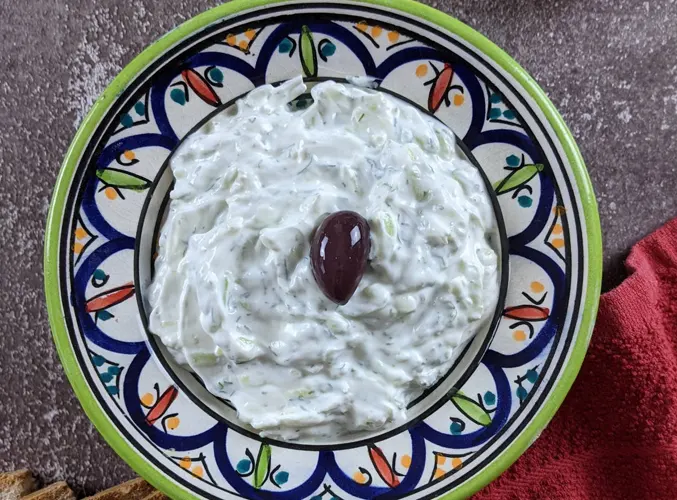
If flavor had childhood memories, it would definitely taste like spaghetti with minced meat. It’s the meal you looked forward to after school, begged your mom for on the weekends, and ate in front of the TV without a hint of guilt.
The recipe is simple but sacred: al dente pasta, rich minced meat cooked with onion, cinnamon, tomato, and plenty of grated cheese — preferably kefalotyri. Every bite is warmth, a flavorful memory wrapped in care. And no matter how old you get, it will always have a place in your heart — and on your plate.
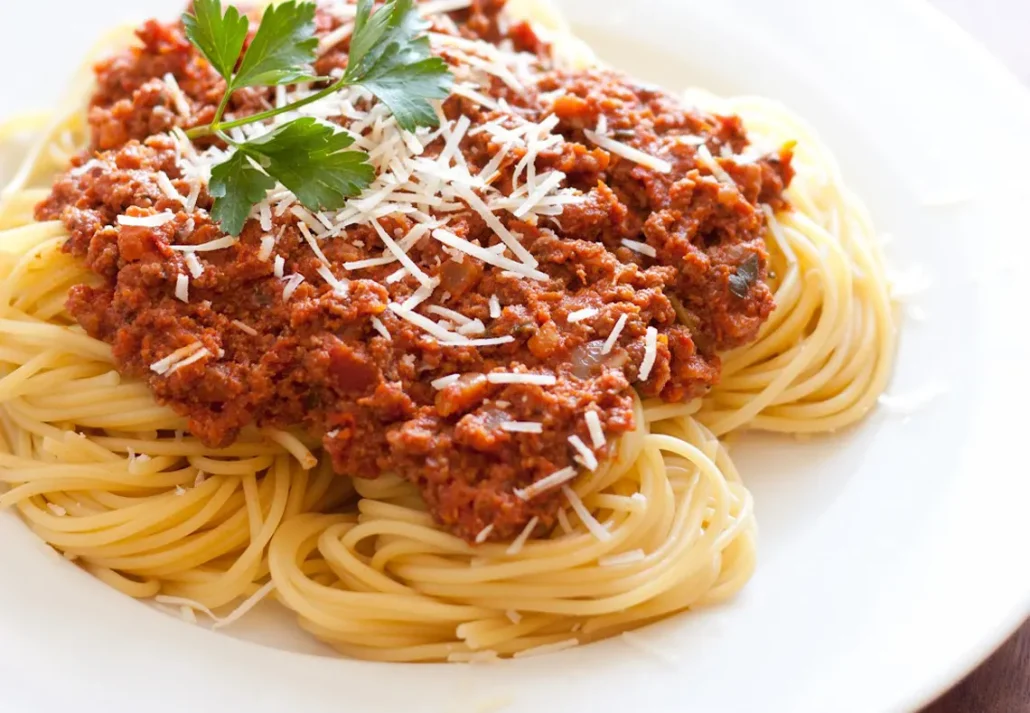
When the oven opens and the aroma of tomatoes, rice, and mint fills the air, you know you’re about to enjoy gemista — the ultimate food of the Greek summer. Tomatoes and peppers, carefully hollowed out and filled with rice, herbs, and maybe a bit of carrot or zucchini — every home adds its own personal touch.
It’s not just food — it’s a ritual. They’re usually made in large batches to “last” until the next day, when they’re somehow even tastier. Healthy, often vegetarian, and full of color — a little work of art on every plate.
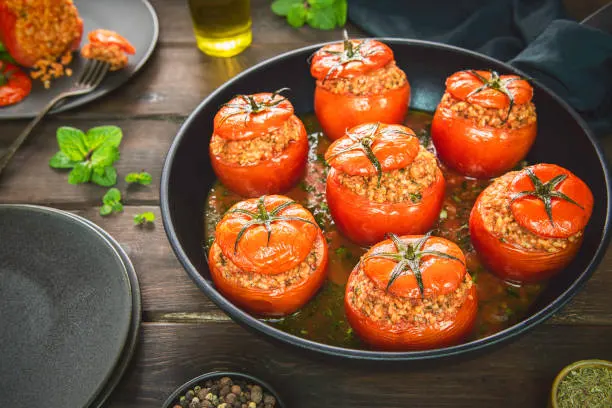
Every good Greek table includes meatballs — fried, hot, and full of fragrance. It’s the food of grandmothers, who with just a simple spoon shaped dozens of little bites packed with flavor and warmth. They’re served with French fries, a salad, or just some bread and feta, and they’re always the first thing to vanish from the table.
What’s their secret? The aromatics: mint, parsley, onion. The care in the rolling. And of course, the perfect frying — crispy on the outside, fluffy on the inside. They’re not just meatballs. They’re an emotional constant.
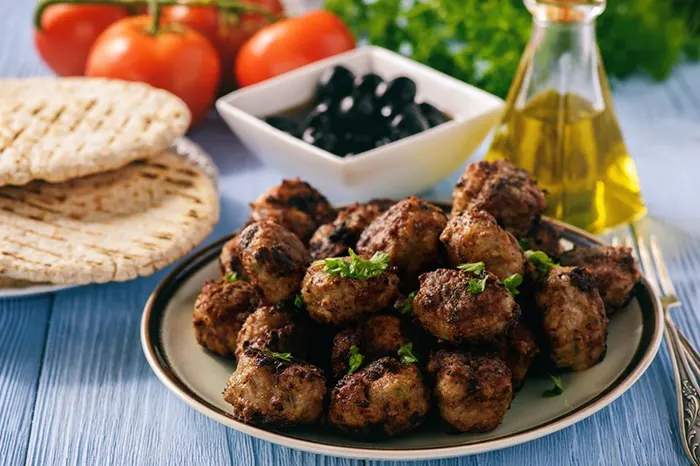
A wild greens pie isn’t simply made — it’s gathered, chopped, and shaped with love. Seasonal wild greens like cauliflower leaves, chard, leeks, and nettles are mixed with feta cheese and egg, wrapped in handmade pastry, and baked slowly until golden and crisp.
It’s a rural pie, with roots in Epirus and in every corner of Greece where self-sufficiency was a way of life. Its taste is earthy and honest. A crisp reminder that food doesn’t need luxury — it needs soul.
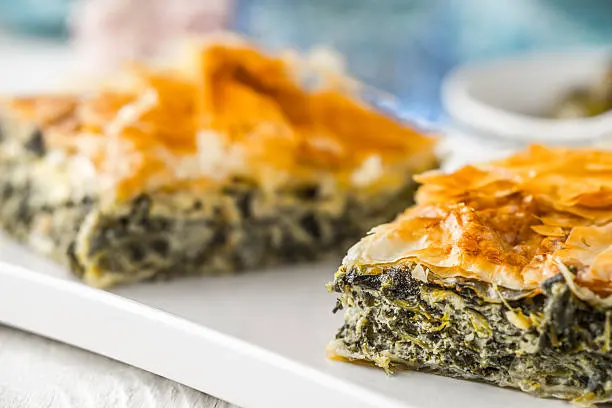
Green beans yahni are the kind of dish you ate “half-heartedly” as a child, but grew to truly appreciate as you got older. All you need is some green beans, potatoes, onion, and carrot are simmered in a rich tomato sauce with plenty of olive oil — a dish that proves simplicity is a virtue.
It’s one of the most nutritious staples of the Mediterranean diet and perfect for everyday cooking. Best enjoyed with feta cheese, fresh bread, and of course, Greek olive oil. And yes — it’s always better the next day.
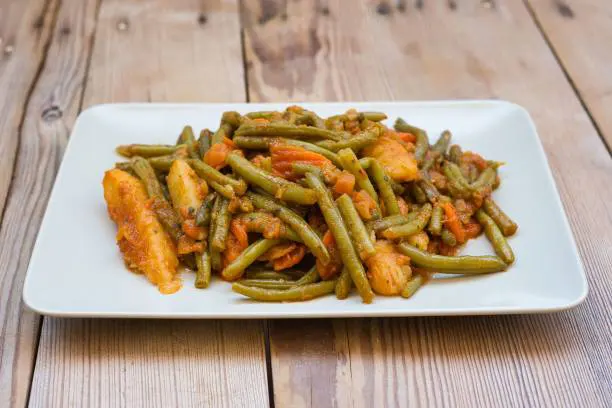
When the wind howls outside and the soul seeks comfort, the answer is clear: giouvarlakia. Small meatballs with rice, gently simmered in a steaming broth enriched with avgolemono. It’s a soup, but also a full meal — simple, yet full of depth.
The avgolemono gives it a uniquely velvety texture and a subtle tartness that wakes you up from the inside out. It’s what your mom made when you needed comfort — or your grandma, just because she cared.
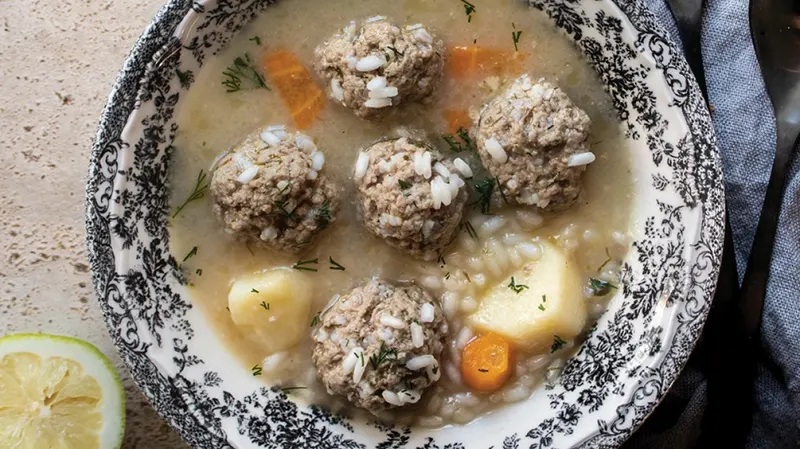
There are traditional Greek dishes you never forget — not just for their taste, but because you carry them with you. They’re the smells that greeted you after school, the sound of the frying pan, your grandmother’s quiet movements in the kitchen, your mother’s voice calling you to eat “while it’s still hot.”
These dishes are more than recipes — they’re emotional memories.